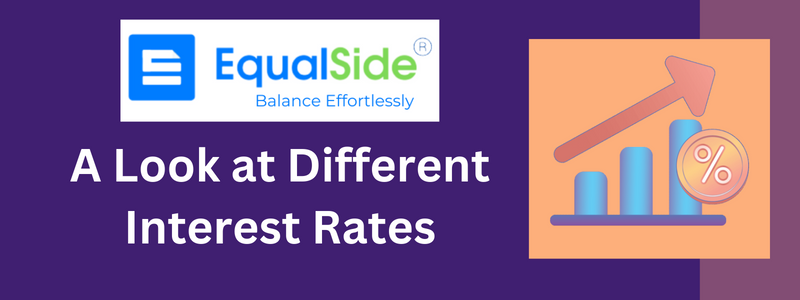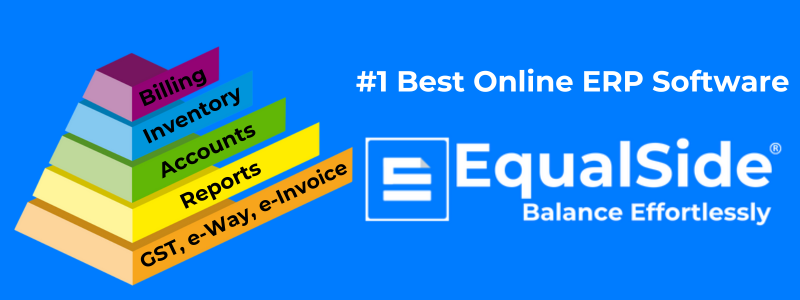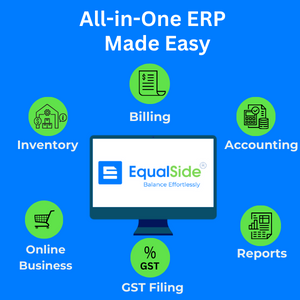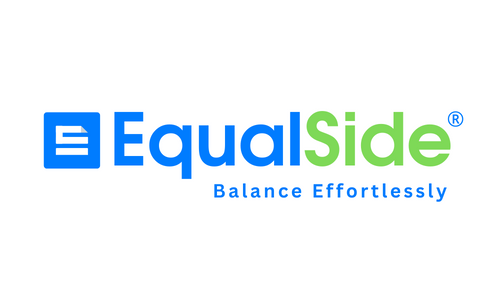Introduction:
Interest rates are fundamental concepts in the world of finance. They influence everything from borrowing money (loans) to saving your hard-earned cash. But with a multitude of interest rates out there, understanding them can feel overwhelming. Fear not! This blog post will be your one-stop guide to navigating the different types of interest rates and their significance.
Breaking Down the Basics:
At its core, an interest rate is the cost of borrowing money or the reward for lending it. It's expressed as a percentage of the principal amount (the amount borrowed or lent) charged or earned over a specific period, usually a year. There are two main categories of interest rates:
Simple Interest:
This is a straightforward calculation where interest is applied only to the initial principal amount. It's often used for short-term loans or savings accounts.
Compound Interest:
Often referred to as "interest on interest," compound interest applies interest to both the principal amount and the accumulated interest from previous periods. This can lead to significant growth over time, making it a powerful tool for long-term savings.
Exploring the Interest Rate Landscape:
Now that we understand the basics, let's delve into the various types of interest rates you'll encounter:
Fixed Interest Rates: As the name suggests, these rates remain constant throughout the loan term, offering predictability for both borrowers and lenders. Examples include fixed-rate mortgages and car loans.
Variable Interest Rates: These rates can fluctuate based on market conditions or an index, such as the Prime Rate. This can lead to uncertainty for borrowers but also potential benefits if rates decrease. Adjustable-rate mortgages (ARMs) are a common example.
Annual Percentage Rate (APR): This all-encompassing rate reflects the total cost of borrowing, including the interest rate and any associated fees. It's crucial to compare APRs when shopping for loans to get a true picture of the overall cost.
Savings Interest Rates: These rates determine the earnings on your deposited funds in savings accounts and certificates of deposit (CDs). Generally, higher risk tolerance can translate to higher potential savings interest rates.
Factors Affecting Interest Rates:
Several factors influence the various interest rates offered:
The Federal Reserve: The central bank sets a benchmark interest rate, which impacts other borrowing and lending rates in the economy.
Creditworthiness: Borrowers with a strong credit history typically qualify for lower interest rates as they are deemed less risky.
Loan Term: Longer loan terms often come with higher interest rates due to the increased risk for the lender.
Economic Conditions: Inflation, economic growth, and overall market stability can all affect interest rates.
Conclusion:
EqualSide® simplify your entire accounts payable and receivable processes. Additionally, the enhanced data accuracy and accessibility these electronic documents provide empower you to generate insightful reports. This deeper understanding of your business performance can guide data-driven decisions and future strategies.
Remember: This blog serves as a general guide. Consulting a financial advisor can provide personalized insights based on your specific circumstances.







